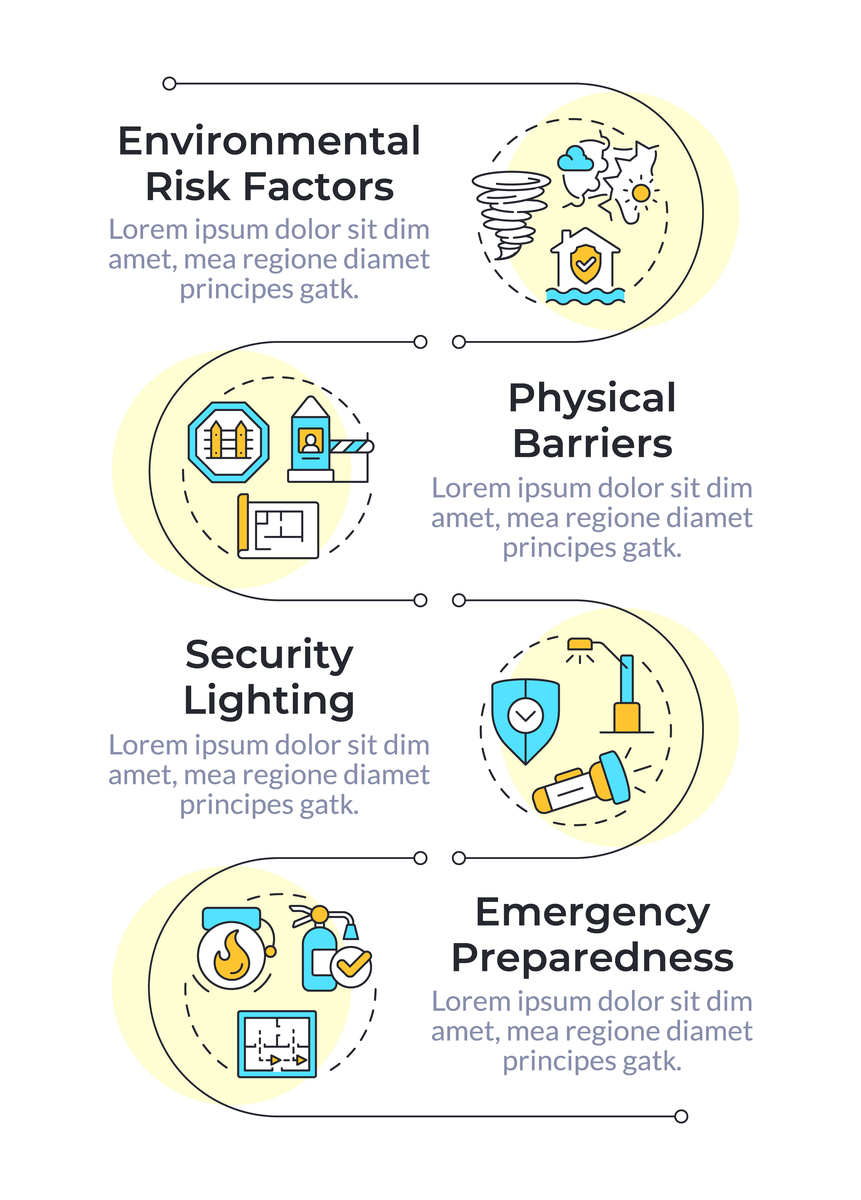Propaganda vs. Public Relations: A Comparative Analysis
IV. Comparison of Propaganda and Public Relations
A. Definition and purpose
Propaganda is defined by Jowett and O'Donnell as 'the deliberate, systematic attempt to shape perceptions, manipulate cognitions, and direct behavior to achieve a response that furthers the desired intent of the propagandist.' Similarly, McQuail (2010) defines propaganda as 'the intentional and strategic manipulation of symbols (words, images, etc.) to create a favorable image or belief in the audiences about an issue, organization, or cause.'
On the other hand, public relations is defined by Davis (2013) as 'the strategic management of communication and relationships between an organization and its stakeholders to build or maintain a favorable reputation.' Gurnig and Hunt (1984) also developed four models of public relations: press agentry/publicity, public information, two-way asymmetric, and two-way symmetric.
B. Target audience
Propaganda and public relations target different audiences. Propaganda targets a specific group of people to influence their beliefs or actions. Public relations, on the other hand, targets a wider range of stakeholders, including employees, customers, investors, and the general public.
C. Techniques used
Propaganda and public relations use some similar techniques. Both practices use media manipulation, such as creating and distributing press releases and organizing events. However, propaganda tends to use more deceptive techniques, such as spreading false information or using emotional appeals to manipulate the audience. Public relations, on the other hand, tends to use more transparent and ethical techniques, such as building relationships with stakeholders and providing accurate information.
V. Is Public Relations Propaganda?
A. Similarities between the two practices
There are some similarities between public relations and propaganda, such as their use of media manipulation techniques. Both practices also aim to influence people's opinions and behaviors.
B. Differences between the two practices
The main difference between public relations and propaganda lies in their intent. Public relations aims to build and maintain a favorable reputation for an organization, while propaganda aims to manipulate people's beliefs and behaviors for a specific purpose. Public relations also tends to use more transparent and ethical techniques, while propaganda can use deceptive and unethical techniques.
C. Criticisms of public relations as propaganda
Some critics argue that public relations is just a form of propaganda, as it aims to influence people's opinions and behaviors. They also argue that public relations can be used to manipulate the media and spread false information. However, others argue that public relations can be a valuable tool for building relationships and providing accurate information to stakeholders.
VI. Conclusion
In conclusion, while propaganda and public relations have some similarities, they are fundamentally different practices. Public relations aims to build and maintain a favorable reputation for an organization through transparent and ethical techniques, while propaganda aims to manipulate people's beliefs and behaviors for a specific purpose, often using deceptive and unethical techniques. Despite some criticisms, public relations can be a valuable tool for building relationships and providing accurate information to stakeholders.

原文地址: https://www.cveoy.top/t/topic/m9zI 著作权归作者所有。请勿转载和采集!